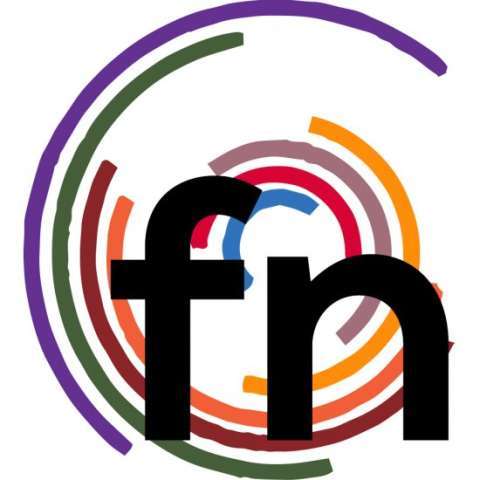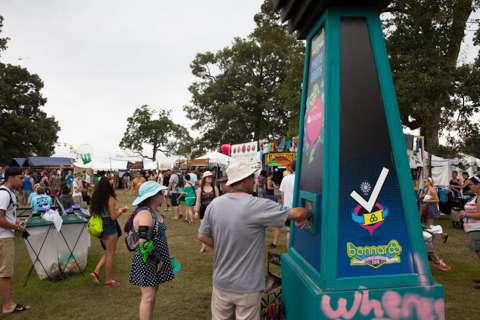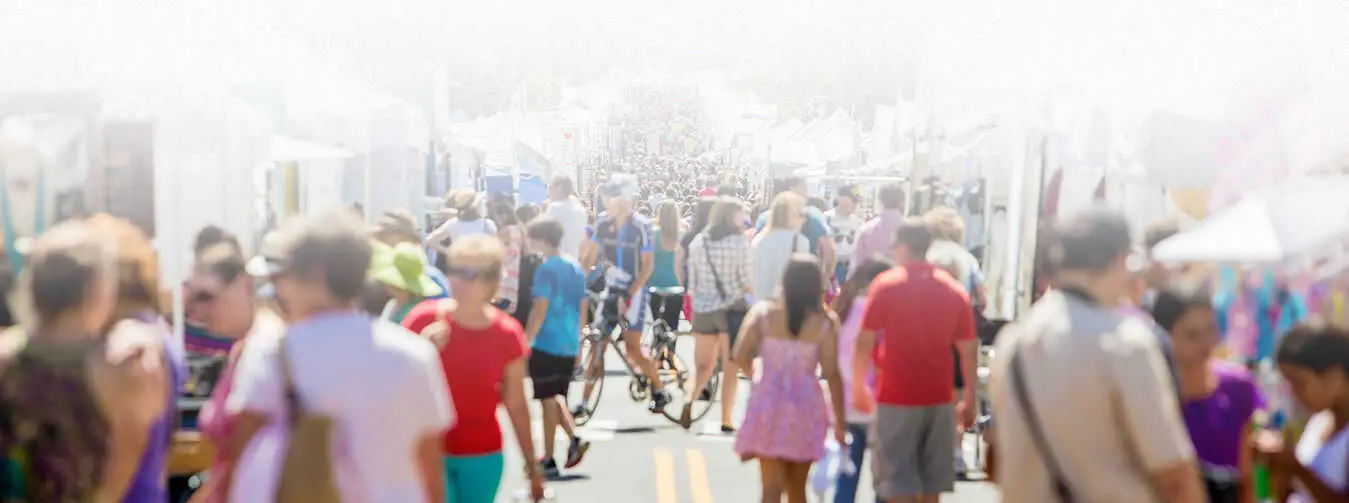When it comes to events, arguably the most groundbreaking technology over the past few years has been that of the RFID tag or bracelet. At festivals and other big events, bracelets were once used simply to indicate that customers had paid their ticket and had therefore garnered access to the event. Today, however, high-tech tags and events are serving a host of additional purposes. To understand why high-tech tags are upping the festival experience for organizers and attendees alike, read on.
What Are RFID Tags?
RFID tags or bracelets contain smart barcodes that enable easy identification. They store information and connect with other devices via radio waves. These waves send data from the tag or device to a reader, which transmits them to a computer program. They are used in a host of applications including tracking the movement of livestock and tracking the movement of people in events like festivals, conferences, and exhibitions. They wield a host of benefits that traditional bracelets and lanyards do not have, as they can easily and accurately be read, reduce the need for labor costs involved with manual scanning, and boost security. For instance, they can be encrypted with unique data that is difficult to counterfeit. As such, those who wish to enter a festival illegally cannot do so with the same ease as in the past. RFID tags are additionally more durable than barcodes and other ID systems.
RFID Tags at Festivals
These are the many ways in which RFID tags take festivals to a whole new level: for one, they serve for ticketing. At some of the world's largest festivals (where there are sometimes close to 100,000 attendees) in many parts of the world, the time savings are significant compared to old-fashioned ticketing. RFID tags can also be used by organizations to track and analyze the movement of people within the festival. Through the data sent out by the tags, for instance, they can glean the exact number of people who attended specific concerts at festivals featuring several artists. These tags enhance security, enabling organizers to detect potential risks in real time. And let's not forget ease of payment. They can be used by attendees to make cashless payments for food, beverages, merchandise, and more.
The Limits of RFID Tags
RFID tags are without a doubt a groundbreaker when it comes to seamless entry, tracking, and payment at festivals. It also prevents fraudsters from selling illegal entry tickets to these events. However, for now, RFID tags still can't replace all functions provided by traditional tags. Take the case of medical tags. Today, the latter are used to alert authorities that the wearer has a condition that requires special medical care, or that prohibits the use of certain medications. If you have a friend or loved one in the army, you may have heard of red medical warning tags (also known as red dog tags). These let medical teams know that a soldier injured in battle has specific medical needs. Currently, RFID tags for festivals are not used for medical purposes. However, it's not a worry, as those with special medical needs can simply wear their tag in addition to their RFID entry tag.
Which US Festivals Use RFID Tags?
Just a few of the many big festivals that rely on this type of tagging are Lollapalooza, EDC Las Vegas, and Coachella. Lollapalooza has been using these tags for over a decade, thus boasting a big advantage over festivals like Wireless (in the UK), which uses printed tickets. Many European countries are also embracing RFID, including events like the 2000 Trees Festival and Standon Calling in the UK. interestingly, the founder of Standon Calling, Alex Trenchard, has said that if they hadn't chosen the RFID route, the event probably would not exist today. He adds that the event enjoyed a huge upturn in sales because it is an RFID festival.
The Bonnaroo Music and Arts Festival collaborated with Microsoft allowed attendees to create a personalized photo collection of their festival experience. Before the event, guests registered their R.F.I.D. wristbands online and connected them to their Microsoft OneDrive accounts. As they moved around the festival, whenever they swiped their wristbands at designated photo booths (see blog photo, courtesy of Bonnaroo), the attendees photos would be instantly uploaded to their online accounts. Guests could also swipe their wristbands at dedicated stations near stages to receive photos of the performances directly in their OneDrive accounts. This innovative feature enhanced the festival experience by providing a convenient and easy way to capture and share memories.
It is amazing to think that something as simple as the tag you use can make or break your festival. Today, top organizers are choosing RFID because it optimizes security, tracking, and payment.



